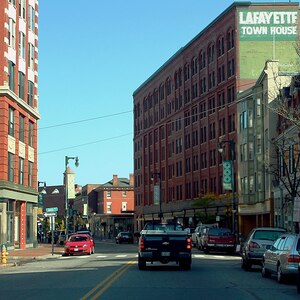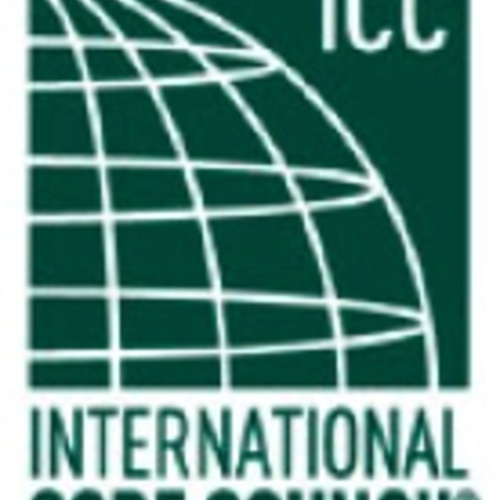
Image Credit: State of Alaska
Governor says environmental conditions in Land of the Midnight Sun “not conducive to federally mandated, universal energy code” for buildings
It took a little coaxing from her colleagues, but Alaska Governor Sarah Palin eventually agreed to accept most of the federal stimulus money for which the state is eligible, including $28 for home weatherization programs.
As reported last week, though, Palin declined a $28.6 million allocation that would require adoption of more-stringent building codes.
“In this case, one size does not fit all. Local governments and many unincorporated communities have very different needs and abilities to implement or enforce a statewide mandate,” the governor said in a statement.
The relevant text of the stimulus bill, Section 410 (click here for a PDF of the law), requires each state receiving these “energy efficiency and renewable energy’’ funds to implement energy code for residential buildings that “meets or exceeds the most recently published International Energy Conservation Code, or achieves equivalent or greater energy savings,” and requires the state to enforce the code in way that brings new and renovated residential and commercial building space into compliance within eight years.
There’s no denying there would be substantial challenges to implementing building code in a state as vast as Alaska, especially given its long and punishing cold season. But the state population totals less than 700,000, and it does seem as if $28.6 million could go a long way toward improving building efficiency standards for a population that small.
Hey, it gets cold in North Dakota (population about 642,000), too.
Weekly Newsletter
Get building science and energy efficiency advice, plus special offers, in your inbox.















0 Comments
Log in or create an account to post a comment.
Sign up Log in